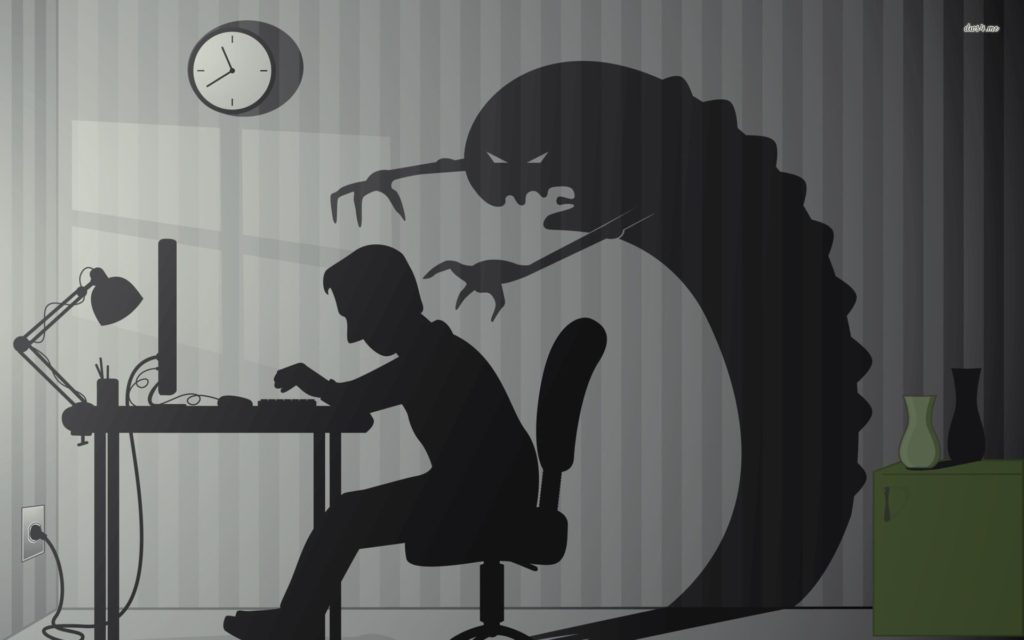Did you seriously expect me to talk about Internet Security and NOT talk about phishing? I know I’ve done a few (quite a few) posts about the dangers of phishing. The reason is simple; it’s a big threat; it continues to be so. Phishing (or where you get sent an e-mail which has either malicious code or a way for the hacker to infiltrate your system) is a threat that we all need to be able to keep up with. I feel like if we talk about it more than there is less chance that people will be affected by it.
Methods are updating
The good old days of receiving an e-mail where a Saudi Prince in which the grammar is wrong, the spelling is atrocious, and there is no chance it’s a real e-mail are long gone. Now the e-mails you will receive are way more sophisticated. I’ve talked about the telltale signed to look out before, but the fact of the matter is that these e-mails are becoming more and more sophisticated. The main rule of thumb is that if you are asked to click a link from an e-mail, you don’t recognize or can’t correctly identify, then DO NOT CLICK THAT LINK!!!
Spoofing is becoming a serious threat
Something that happens more often than I” m comfortable with is something called spoofing. Spoofing is when someone can remotely take over your e-mail account, and direct e-mails “from you” to anyone in your contact list.What happens is that you will receive a phishing e-mail than the person who has infiltrated your system will be able to take over your e-mail and send e-mails from your account. The trick that they use so that you don’t notice is that they will create a rule which moves any inbound e-mail to your junk mail folder. The reason that they do this is so that you don’t see the e-mails coming in. When the people they are e-mailing from your contact list send you an e-mail to confirm that you are the one who sent the e-mail, the hacker can respond and confirm on your behalf.
WHAT DO I DO????
The easiest thing to do with a phishing e-mail is delete it. I’m really twitchy about getting e-mails which say “CLICK THIS LINK FOR A COOL THING!!!!!!” with big flashy lights and graphics and things. For my subscribers, you will know that the e-mails that I send out, while there is a link to my latest blog post, Aside from the banner art and a quick blurb about the post, That’s pretty much it. Looking through the e-mail with a fine-toothed comb is a great way to spot a phishing e-mail. I talked about the things that you need to keep an eye out for in another post.
Phishing is not going anywhere. There will always be someone who is looking to make a quick buck by stealing your data or your contacts. What is essential is being aware of what to do when you do get a phishing e-mail. Nine times out of ten, the only way that they will be able to infiltrate your system is when you click the button that they want you to. If you are vigilant with the e-mails that you receive and scrutinize what you see, then you will be able to avoid the pain, headache and heartache of having your digital life stolen. Phishing e-mails come to us every single day; there’s no stopping them. If we keep an eye out for them and make sure that we do everything we can not fall victim to them, then they will eventually lose their effectiveness. When you know what you’re looking for and can recognize phishing e-mails, they become less of a threat and more of an annoyance. An annoyance that is efficiently dealt with.
Do you see your Phishing e-mails?
Let me know in the comments section below. If you like this blog post and want to see more, you can follow me on Social Media (LinkedIn, Instagram, and Facebook @jasonlovefiles) or Subscribe to my blog to get new content delivered directly to your mailbox.

